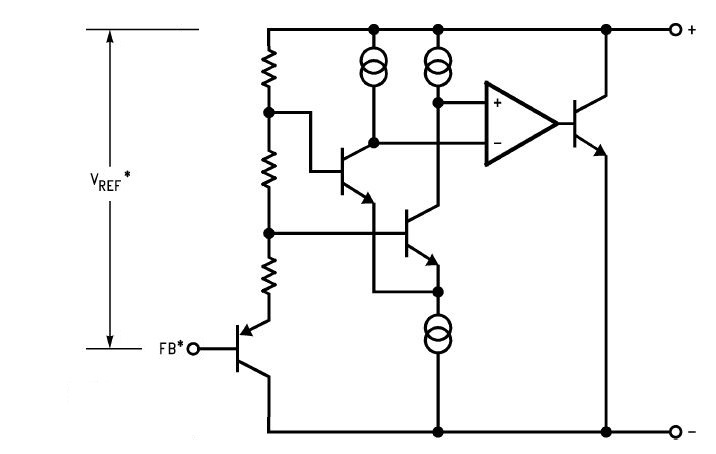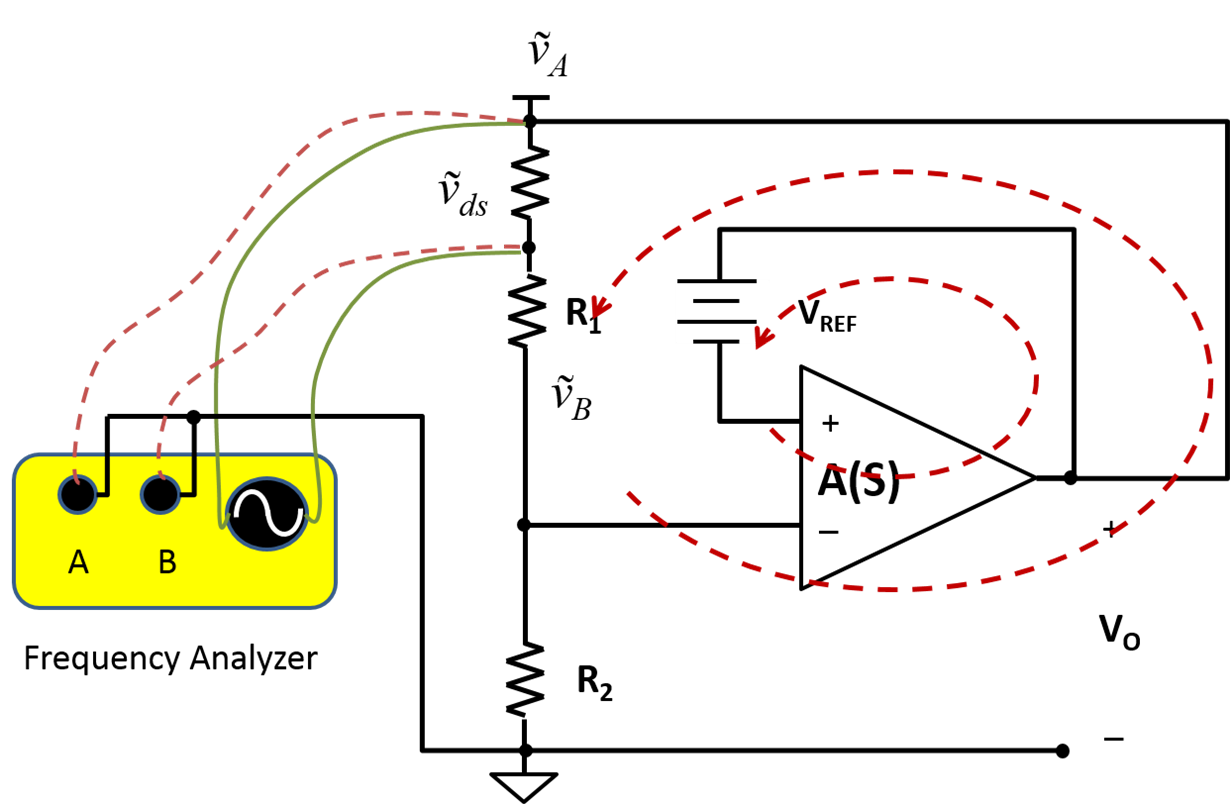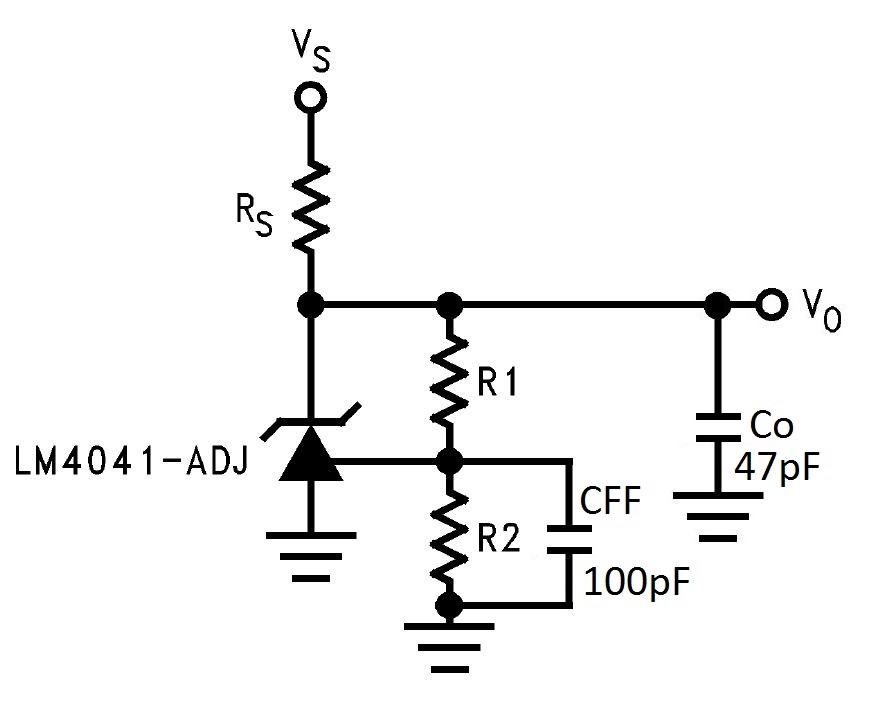![Innocent Irakoze Innocent Irakoze]() The arc of Innocent Irakoze’s life changed dramatically one morning when he stood outside a school for refugees in Tanzania and saw his name at the top of a list of students who had failed sixth grade.
The arc of Innocent Irakoze’s life changed dramatically one morning when he stood outside a school for refugees in Tanzania and saw his name at the top of a list of students who had failed sixth grade.
He wept. And then he made a decision that changed his life.
“When I saw my name on that list, I developed a different mindset,” he said. “I decided right then that I would never fail again and that I would be the first in my class from then on.”
In addition to a newfound determination to succeed, the shock of failure that day later blossomed into passions for education and for helping others succeed.
Those passions came together in June when Innocent took an extended vacation from TI to visit his family in Africa for the first time in many years – and used $5,000 he had raised to deliver school supplies to about 3,000 elementary-age students in his village in northern Burundi. That initial donation has grown into a plan to support the educational dreams of Burundian students through a nonprofit organization he is establishing.
“Being in the school recently made me very emotional,” Innocent said. “Burundi is one of the poorest countries in the world. Twenty-something years ago, I was sitting where those kids were sitting. A lot of those kids don’t have shoes. A lot of them don’t eat before they go to school or after they go home. I wanted to show them that somebody cares about their education and that education can take them far.”
(Please visit the site to view this video)
Almost a decade after he came to the United States, education has carried Innocent far. Today – after earning a high school degree, an associate’s degree and a bachelor’s degree in electrical engineering – he works at our company as a product marketing engineer in Dallas. He hopes to continue his education with a master’s degree in business administration.
“Innocent’s story is like a movie or a book, but it’s real life” said Sergio Perez-Ruiz, a friend and colleague. “Some people went through a lot to get where they are. His story about refugee camps, war and not knowing whether he would make it to the next day makes me grateful for where I am. Innocent’s path was rocky, but it shows that if you really want something you can make it happen.”
Refugees on the run
Most of Innocent’s life has been hard by any measure. Ethnic fighting and fear marked his early years, and he spent most of them as a refugee.
A coup d’etat sparked tribal brutality in Burundi the year he was born, 1987, and his family fled as refugees to the neighboring Democratic Republic of Congo, hardly a bastion of safety itself. Innocent’s family moved back and forth between refugee camps and their home for the next decade, avoiding rebel groups during a series of deadly ethnic conflicts in Burundi and eastern Congo.
![Innocent (background) and several Burundian children at a village school Innocent (background) and several Burundian children at a village school]()
One of his earliest memories is of fleeing across the Rusizi River from Burundi to Congo in 1991. The nearest bridge was far away, so his parents made a crude raft by tying four banana tree logs together. His mother was pregnant with his younger brother, and Innocent rode in a sling on her back.
The massacres began again in 1993, when the East Africa nation’s president was assassinated. Estimates put the death toll in the country at about 300,000 in subsequent years. The next president was killed in 1994, when rebels shot down the plane carrying him and the president of Rwanda. Another coup d’etat followed in 1996, and two years later much of the nation’s population fled to refugee camps.
“We didn’t have any place to go,” Innocent said. “If we stayed in Congo, we were going to die. If we went to Burundi, we had the same chance of dying. So my dad took a chance and we went to Burundi. Things were bad. At one point I got lost for a few days and my parents thought I was dead. A lot of people were shot to death, but no one in my family was shot.”
During a period of relative calm, Innocent attended first and second grade in the bare-bones school in his home village – and it was there that he returned with school supplies in June. But he spent the next few years attending schools as a refugee in Congo.
Redefining his life
A turning point came in August 2001. Innocent had been living with an aunt and attending school in Congo. During a school break, he visited his parents in Burundi.
Violence in eastern Congo was on the rise again – rebels brought death with them from their mountain hideouts into the village where he had been living with his aunt – and his parents convinced him that he would have more opportunities and be safer living near his older brother in a refugee camp in Tanzania.
His sister accompanied him on a long bus ride to southern Burundi, and they walked across the border together.
![Burundian children at the village school Innocent once attended Burundian children at the village school Innocent once attended]()
It was at that camp that he took a standardized test required to advance from sixth to seventh grade. Although he was a good student and spoke Swahili, French and his native language, Kirundi, the school he attended in Congo didn’t teach him to read or write in Kirundi.
Because he failed Kirundi and other areas of the standardized test, he was forced to repeat sixth grade.
“I took failing the test as a challenge,” he said. “I decided that I would be first in every class after that, and I was first in every class until I came to the U.S. Achieving that goal was a huge accomplishment. I was able to redefine my life, redefine what I wanted to do. I was able to conquer. That year taught me a lot about myself and made me want to have a better life. It gave me the drive and ambition to work hard and get where I want to go.”
Drive and intelligence
Life in the refugee camp was difficult. Innocent lived alone in a tent near his older brother’s tent. The United Nations provided enough food staples – typically corn, flour, beans and oil − for one meal a day.
“I still remember those dark days when hunger was my friend,” he said.
To earn money to buy salt, clothes, sandals and even a bicycle to help him get to school in the settlement, Innocent raised chickens in a small plot next to his tent.
![Burundian children at the village school Innocent once attended Burundian children at the village school Innocent once attended]()
At the refugee school, students sat on wooden benches and took notes from the blackboard. The U.N. gave each student one notebook each year, and all the material from classes in math, physics, biology, economics, history, geography and civics had to fit in that notebook. Teachers had the only textbooks, and sometimes they had to share.
Because his parents weren’t living in the camp, Innocent was considered an orphan. Orphans could attend an after-school program that provided English lessons. His drive and intelligence caught the attention of a missionary, who helped Innocent and his brother apply for a refugee resettlement program. U.S. Immigration approved both of them for resettlement.
So when Innocent was 20, he sold his last chicken and boarded an airplane for the first time in his life. His destination: Phoenix.
Getting educated
In Arizona, culture shock set in. The food was strange. He had never seen so many cars. Grocery stores were a new experience. The amount of food that Americans ate astounded him.
But the determination that Innocent learned after failing sixth grade kicked in. He landed a job cleaning floors and restrooms at a hotel near the Phoenix airport. Because he had begun to learn English in the refugee camp, he translated for other Burundians who also worked as housekeepers. Five months later, he was named employee of the month.
![Quote Quote]() The hotel’s human-resources manager told him about a trade school where he could earn his high-school diploma, a path he chose instead of getting a GED. He had never used a computer, so he focused on classwork that taught him computer and typing skills. The manager promoted him to supervisor when he graduated.
The hotel’s human-resources manager told him about a trade school where he could earn his high-school diploma, a path he chose instead of getting a GED. He had never used a computer, so he focused on classwork that taught him computer and typing skills. The manager promoted him to supervisor when he graduated.
One day, to help with his school work, the manager gave him a TI-83 graphing calculator from the lost and found. That calculator was his introduction to our company, and he still uses it.
Working full time and taking a full-time class load, he then earned an associate’s degree from a community college and a bachelor’s degree in electrical engineering from Arizona State University.
“Even as a child and while living in refugee camps, I always liked to take things apart,” Innocent said. “I liked to learn how things work, and engineering was something that I always wanted to do. My parents and my brother wanted me to do something in the medical field, but my passion was for engineering. They didn’t know what engineering was, so originally they were not happy with my choice.”
As college graduation approached, he attended an ASU job fair looking for an internship. A manager on our recruiting team encouraged him to apply for a job as a technical sales associate. Innocent researched our company, learned about our technology leadership, applied and got the job.
“This is where I want to be,” he told himself.
Dreaming of home
As Innocent settled into his new career, he held on to a dream of visiting his family in Burundi.
“I missed my family growing up, and one of my goals was to get closer to them,” he said. “They didn’t know me. They just knew that I was in America, but they didn’t even know what I looked like.”
![Innocent and Burundian children at the village school he once attended Innocent and Burundian children at the village school he once attended]()
He began saving money, but he wanted the trip to count for more than a visit with family.
“I’m a Christian, so I began praying about what I could do to help,” he said. “The way to help was education. Educational opportunity was what I lacked growing up. I want to use my story to help others, bring awareness to a bad situation and get people to think about how they can help change other people’s lives. I’ve gotten a great education and have a great job, and I want to use it to help other people.”
“Innocent has a vision and a mindset not just to be successful, but to help others become successful,” said Pasteur Bagenzi, a software engineer originally from Burundi who mentored him in Phoenix. “He’s determined.”
As the time for his trip approached, Innocent launched an online fund-raiser and raised $5,000 to buy school supplies for students in his village.
So in June, after a year in our technical sales associate program and before starting a new job as a product marketing engineer, Innocent boarded a plane for the long trip home.
Emotional reunion
![Innocent and his parents Innocent and his parents]() Innocent’s parents had traveled from their remote village, and they met him at the airport in the nation’s capital, Bujumbura, with the extended family.
Innocent’s parents had traveled from their remote village, and they met him at the airport in the nation’s capital, Bujumbura, with the extended family.
It was an emotional reunion.
“I jumped on my dad and started hugging him. I hugged my mom. My mom and I stayed together for almost five minutes, just hugging. She was crying. I was crying. I hugged every single one of them with tears in my eyes. It was glorifying to see my family after all these years of just hearing their voice on the phone, but not seeing them. It’s something I’m very grateful for.”
Innocent rented a four-bedroom home in the capital where the extended family stayed, and they didn’t get much sleep for the next few days as they got reacquainted.
“Something I’ve missed all these years was being able to wake up and have my parents there in the morning and to have breakfast together,” he said. “I took a lot of pictures just sitting next to my mom and dad. I wanted to have those mother-and-son and father-and-son moments so we could bond again. I wanted to be their son.”
Distributing school supplies
But then he got to work. Using the $5,000 he raised, Innocent filled an SUV with enough notebooks, pens and pencils for students in the village school where he attended first and second grade. In addition, he bought boxes that contained basic math supplies for fifth and sixth graders. Sixth-graders who don’t have a mathematics box have to borrow from friends or leave school.
![Burundian children at the village school Innocent once attended Burundian children at the village school Innocent once attended]()
Innocent and his brothers spent a day distributing the school supplies class-to-class. He spoke to each class about the importance of education.
The school is rustic. Electricity is available, but nothing in the school uses electricity. There are no computers or copy machines. There’s no air conditioning.
“The principal says electricity is there just for decoration,” Innocent said.
Only the teachers have textbooks, so they write lessons on blackboards and students copy the material into notebooks. The cement floor is in such disrepair that the dirt underneath is exposed in some places. Many of the benches are broken. Most classrooms have more than 50 students.
“The schools in Burundi are way, way different than they are in America,” he said. “Not every kid goes to the next grade. If you don’t have high enough scores, they fail you. Students don’t have books and even teachers don’t have all the material they need. That’s how I went to school, but today, it’s hard for me to take in.”
Impact on others
![Innocent (far right, bottom row) volunteering in Dallas Innocent (far right, bottom row) volunteering in Dallas]() Innocent’s drive, compassion and positive attitude have an impact on those around him. In addition to his work in Burundi, he regularly volunteers with fellow TIers in the Dallas area.
Innocent’s drive, compassion and positive attitude have an impact on those around him. In addition to his work in Burundi, he regularly volunteers with fellow TIers in the Dallas area.
“His whole story shows his resilience,” said Casey O’Grady, a friend and colleague. “He’s been through so much in his life, and it’s made him a strong person. It’s also given him a compassionate heart. He always wants to help people and is very generous. He appreciates life.”
“His story and then his determination to take school supplies to the school he attended as a child makes me respect him,” Sergio said. “I’m proud to have him as a friend.”
![]()


















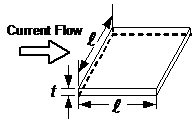

















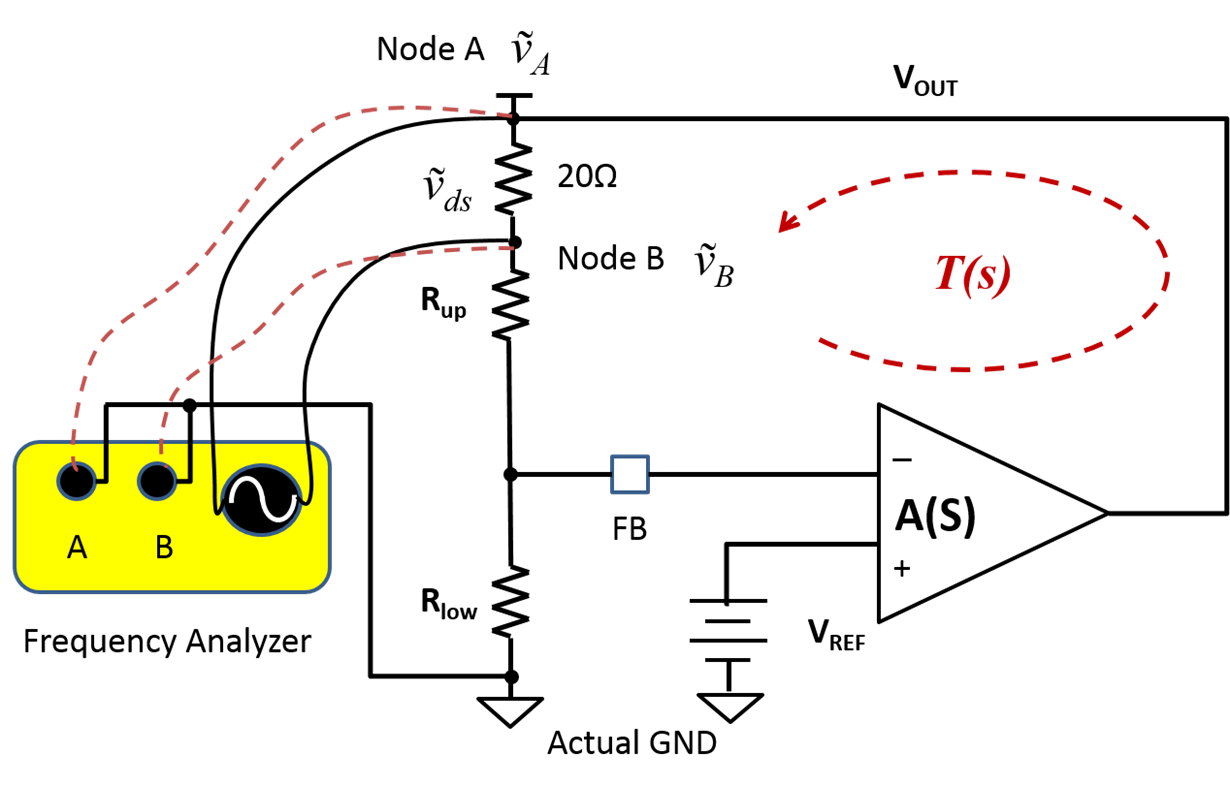
 (1)
(1) 

